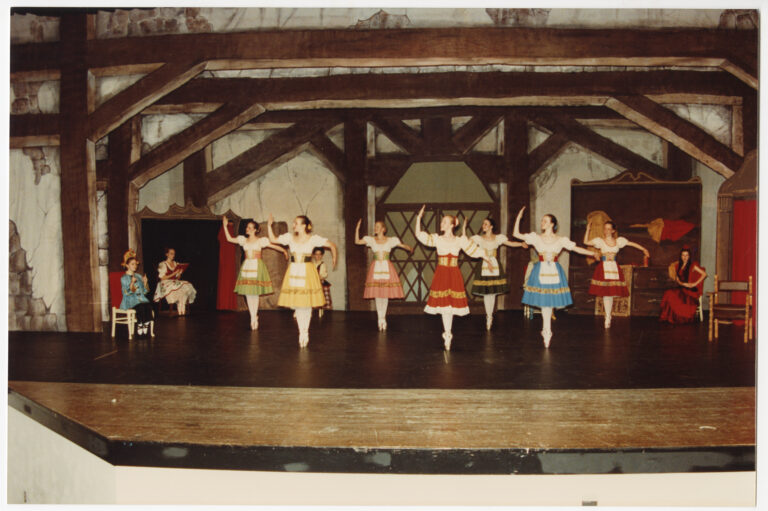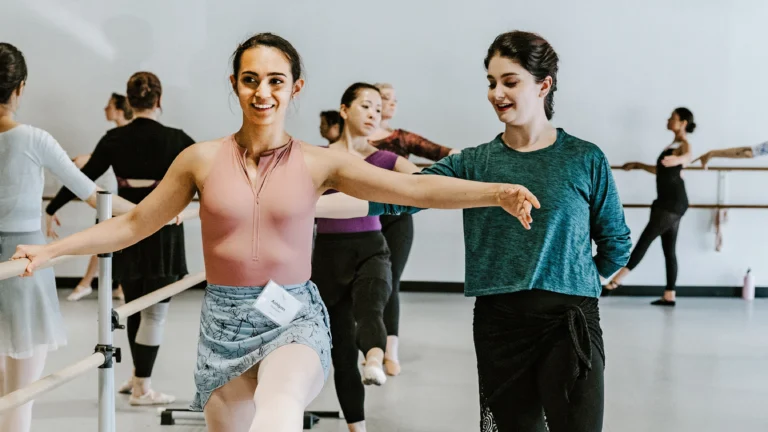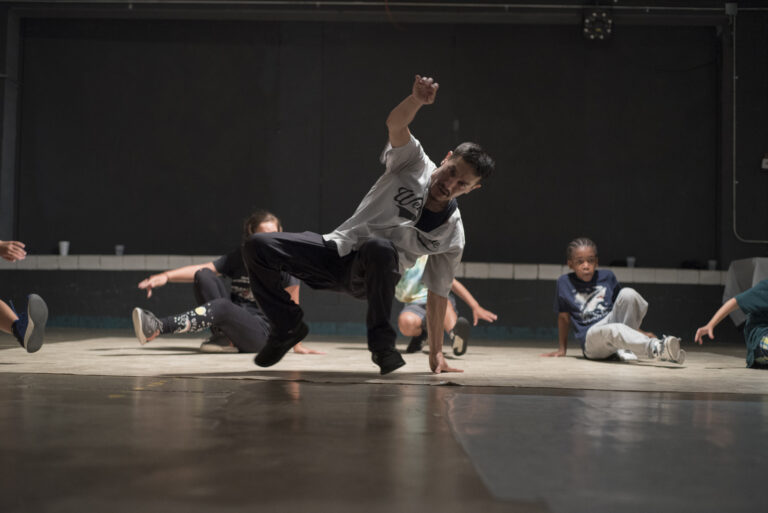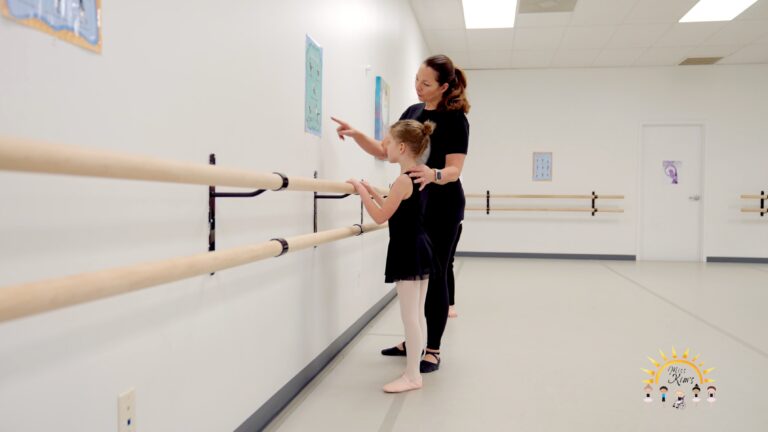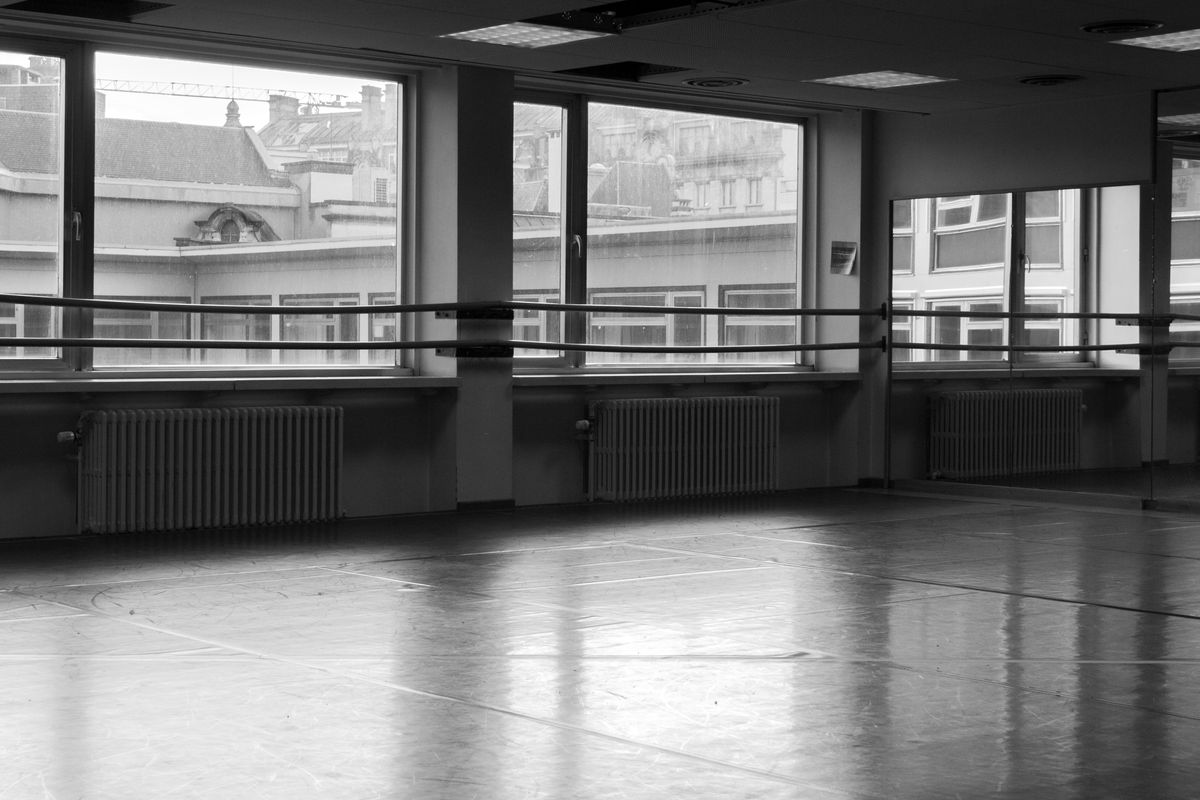
When Misty Lown founded Misty’s Dance Unlimited in Onalaska, Wisconsin, purchasing her space was not an option. “I was fresh out of college, and I didn’t want to be tied to a permanent situation,” she says. Instead, she decided to lease with an option to buy after five years. Nineteen years later, she not only owns her own location (a different, bigger space than her original rental), but she offers consulting services to studios through her company, More Than Just Great Dancing. Transitioning to ownership made sense for Lown, but it’s not right for every studio owner. Here are factors to consider when weighing your options.
When to Rent
As a first step. Buying space usually requires a substantial financial commitment, so renting offers a better first step for new studio owners. It lets them test the market and location, grow their clientele and start to make a profit (which usually takes a few years).
For flexible growth. Tiffany Henderson, who rents the eight locations of Tiffany’s Dance Academy (seven studios in California, and one in Boise, Idaho), says renting gives her businesses the freedom to grow physically as they grow in popularity. “If you’re buying, you have to predict exactly how big you’ll get,” she says. “But if you lease, you can always start small and then move to a bigger space—or downsize if necessary.”
Having a landlord comes with trade-offs. While you cede some leeway in terms of changes you can make to the physical space, you also gain someone to turn to if something needs fixing or updating.
When to Buy
Buying guarantees more control over your space. “The biggest hurdle for me was coming up with that down payment,” says Lown, who extended her lease a couple of years until she had earned enough money. “But over time, I knew I could own for close to the same monthly price as renting, so it became a matter of, ‘Do I want my money to build somebody else’s future or my own?'”
Tax advantages. Purchasing a building is generally done via a commercial mortgage with monthly payments similar to rent. The initial down payment will generally be about 20 percent of the total building price. Lown warns that taking out a loan can be an expensive process in itself. Expect attorney fees, inspection fees and title search fees and closing costs like bank fees, processing fees or appraisal fees, which can vary a good deal. “There were also new costs once I got inside, like building insurance and the water bill, that I hadn’t accounted for,” Lown says. But owning has financial pluses as well, like tax deductions for mortgage interest, property depreciation and maintenance costs.
Building equity. Once the initial loan fees are paid, monthly costs should be comparable to renting. And as owners pay their mortgages, they build equity in their property—the amount of the building you truly own. “We see so many school owners who get to the end of an amazing, productive and meaningful career as teachers, and they don’t have an exit strategy,” says Lown. “Having a real estate component to your service business mitigates some of the risk. When you get to the end of your teaching days, if you’re not able to sell your business, at least you still have an asset with value.”
4 Considerations When Negotiating Your Lease
If you rent, read your lease carefully before signing—and discuss with an attorney any terms that concern you. You will have the greatest leverage to negotiate when you first sign the lease.
Beware of hidden costs. “Some commercial lessors will come up with a lower cost per square foot, but they’ll make you responsible for certain operating costs, like snowplowing,” says small-business consultant Thomas Gray.
Check maintenance details. Be sure you know exactly what utilities are included, like heat and water. Plus, confirm that regular maintenance and improvements will not only be done, but will be done in a timely manner without extra cost. For example, Gray says he’ll often stipulate that roof leaks need to be fixed quickly to avoid damage to studio floors.
Avoid competition. If you’re in a strip mall or retail complex, you may also want to negotiate an exclusive-use clause, a provision that can prohibit your landlord from leasing to another tenant who offers dance classes.
Provide for an early release, just in case. Most landlords ask that you commit for several years, so review the sublease policy closely in case you want to move sooner, a lesson Henderson learned the hard way. When she opened her business, she signed on to rent a one-room studio for three years—and quickly outgrew the space. She decided to switch locations and sublet the original. “I thought, ‘What’s the worst that can happen?'” she says. “What happened was that for the next three years, my landlord said no to every person I brought to him, and we paid $3,500 a month for a space that just sat there. I wish I’d known to make sure the lease was written in a way that I could have more control.”
Location, Location, Location
Renting or buying, location remains the most important decision when choosing a studio space. Parking availability and public transportation factor in, as does whether to pay more for space in a high-traffic area. A location off the beaten path may cost less but require a bigger investment in marketing. Small-business consultant Thomas Gray recommends scoping out neighboring businesses to judge whether the trade-off is worthwhile. “If you’re in a strip center, you want the stores nearby to attract your target market. Toys “R” Us is a great neighbor if you’re teaching kids.”
Follow the crowd. Certain businesses, like grocery stores, dental offices or daycare centers, scout demographics systematically before moving in. “KinderCare, for example, is a national daycare franchise that has very specific criteria for where they’ll put their centers—a certain population density, median income or distance from schools,” says studio owner and consultant Misty Lown. “They’ve already done that research, and you can take advantage of that.”
Make a tomorrow decision. Lown also advises studio owners to call their school districts and ask, “Where are you planning to build elementary schools in the next 10 years?” “Their answer might be counterintuitive, maybe on the outskirts of town where the next 500 homes are going to be built. But who’s going to live there? Young families looking for a dance studio,” she says. “You’re not making a today decision; you’re making a tomorrow decision. And finding that new blue sky takes some digging.”
